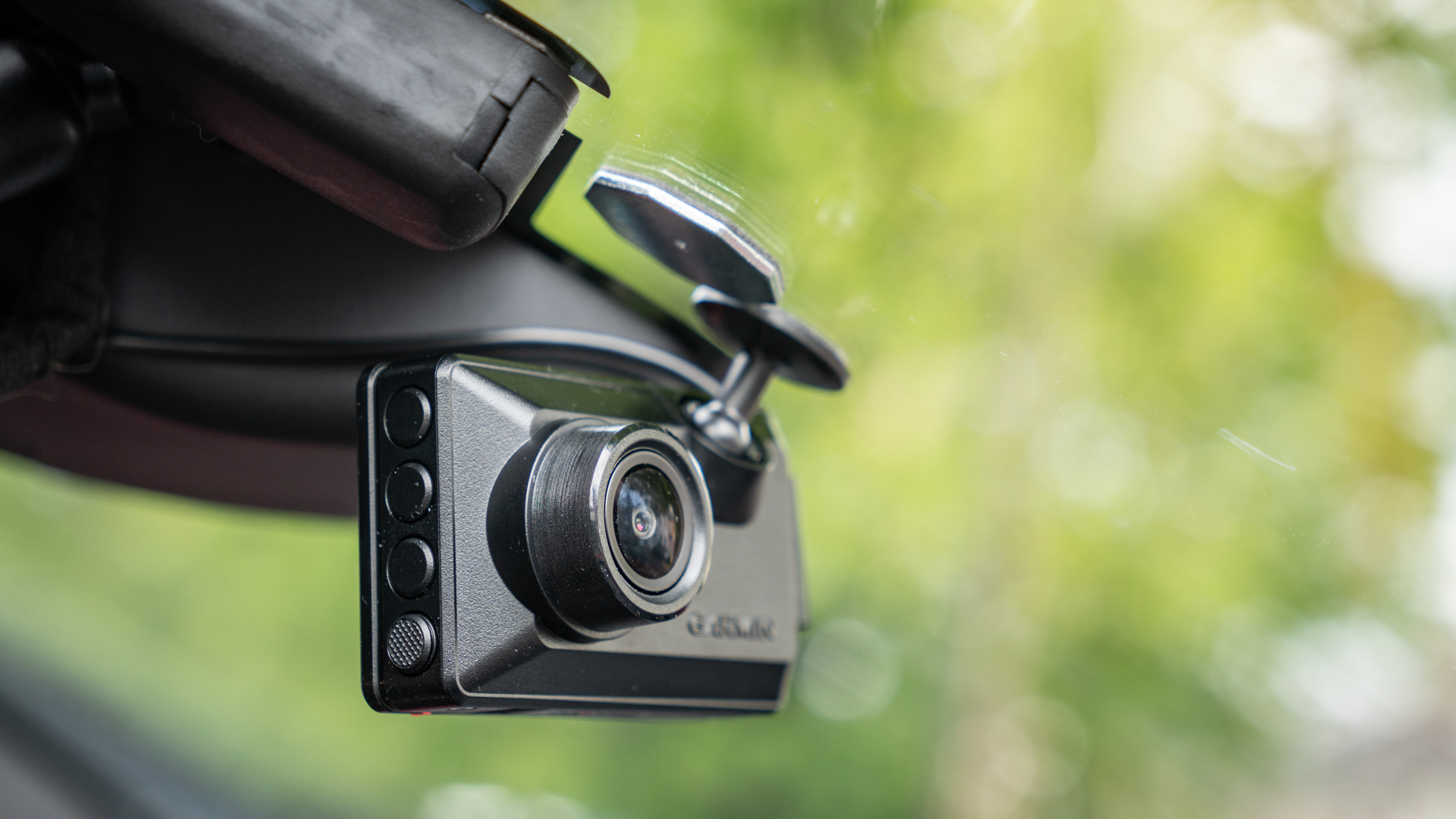Phone photography has come a long way, but I’d still rather carry my Fujifilm compact camera around with me
I am all for phone photography, but I will always choose my 5-year-old Fujifilm X100F over my iPhone
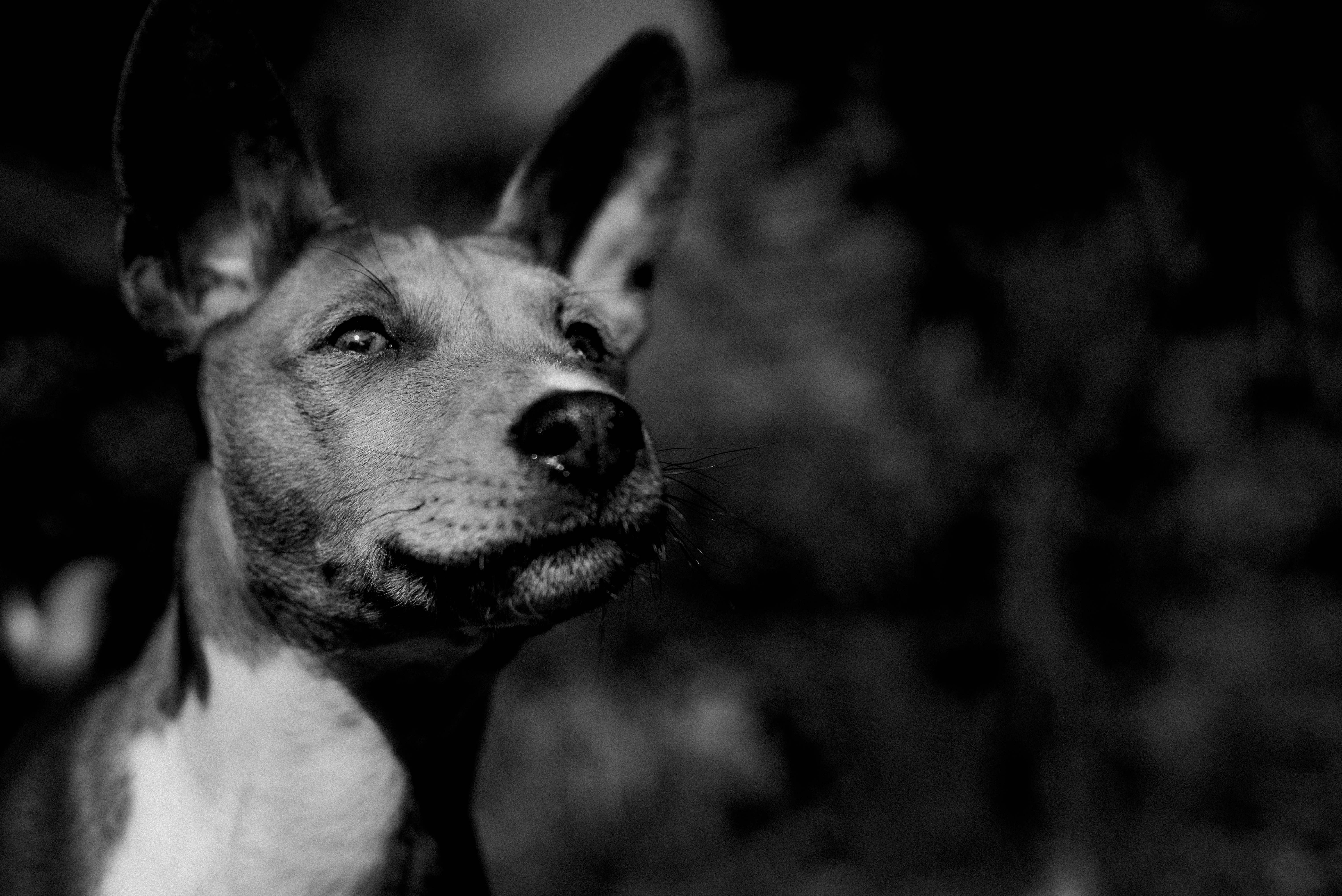
Smartphone photography has reached an incredible level, evolving from the grainy, low-resolution images of the early 2000s to sophisticated multi-lens systems with AI-powered enhancements today. The gap between smartphones and compact cameras has never been smaller, with phones now capable of producing images that rival dedicated cameras in many situations.
I recently wrote about the best phone camera I’ve ever used – the Oppo Find X8 Pro – which features an impressive Hasselblad camera system. The images it produces are stunning, with computational photography enhancing dynamic range, zoom, low-light performance, and overall detail in ways that were unimaginable a decade ago. And yet, despite all of this, I still find myself carrying my Fujifilm X100F wherever I go.
For me, the X100F offers something that even the most advanced phone cameras can’t replicate despite it being 5 years old. One of the standout features of the X100F is its fixed 35mm-equivalent lens, which provides a natural field of view that feels immersive and versatile. Unlike smartphones, which rely on digital zoom and multiple lenses, the X100F’s dedicated lens delivers consistent optical quality with beautiful depth of field and rendering that simply can’t be replicated computationally. When shooting street photography, the physical controls allow me to adjust settings on the fly without digging into menus, and the optical viewfinder helps me compose more intuitively.
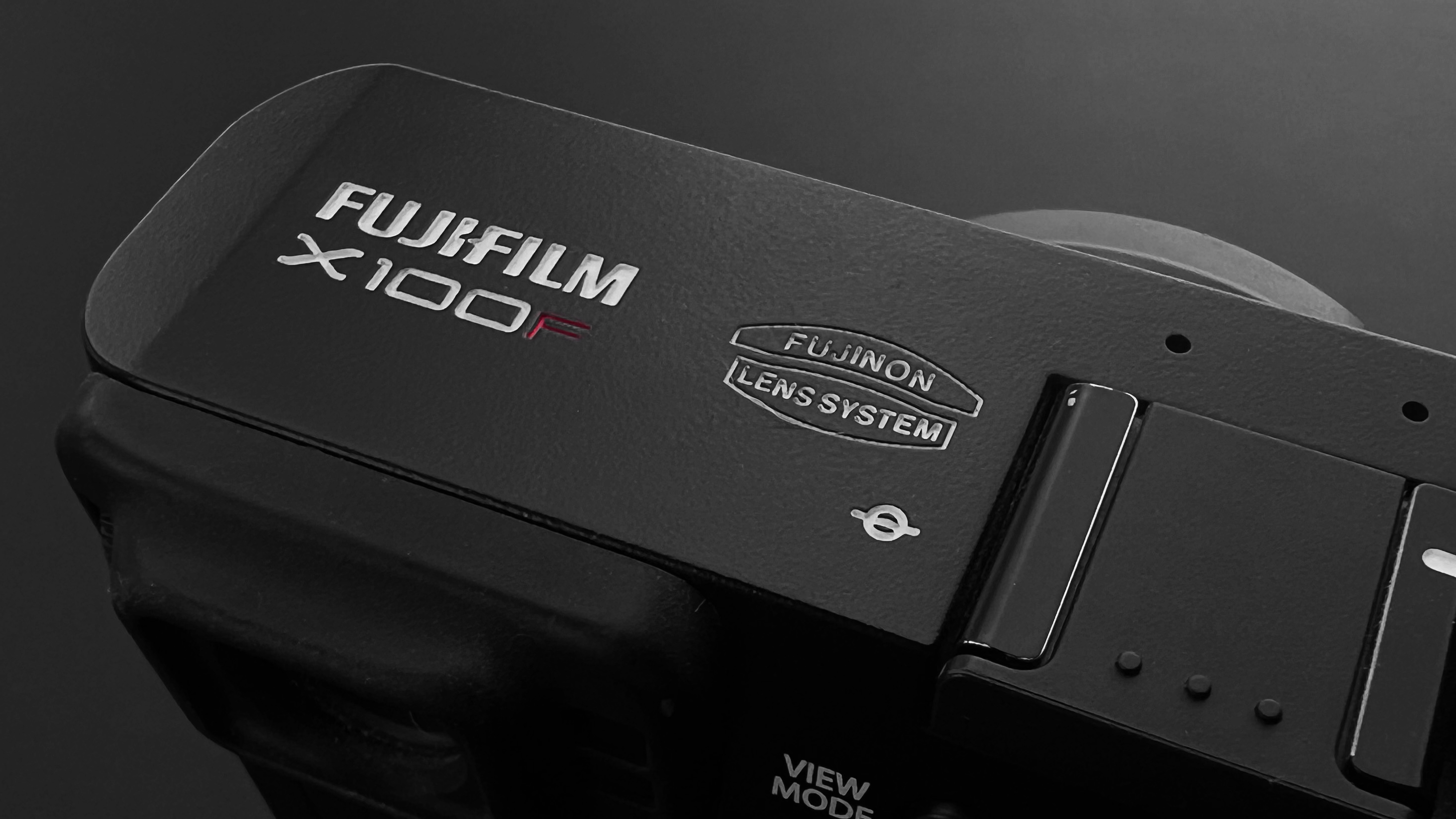
These advantages make a noticeable difference in how I engage with photography, giving me greater creative control and a deeper connection to the process. The ergonomics of a real camera make a huge difference. Holding a compact camera, especially a rangefinder, feeling the dials, and engaging with a viewfinder gives me a sense of working, crafting an image rather than just capturing one. The tactile experience makes the process more intentional, pulling me into the moment rather than letting me shoot passively. No matter how advanced smartphone manual modes get, personally, taking photos with my phone still feels like snapping a picture rather than making a photograph.
Another major reason I stick with my compact camera is the larger sensor. I realized this most clearly when I was printing test images for an upcoming exhibition. My work doesn’t rely on clinical sharpness, but even for me, the pixelation was too much. Despite all the computational magic, the phone’s file just didn’t hold up to enlargement the way a dedicated camera’s image does.
The Fujifilm X100F’s APS-C sensor isn’t just technically superior, it provides improved depth, tonality, and flexibility. When I print my photos, the difference is immediately obvious. Even with computational enhancements, smartphone images don’t quite hold up in the same way when enlarged. There’s a richness to images from a dedicated camera that phone photos, for all their convenience, still struggle to match – for now.
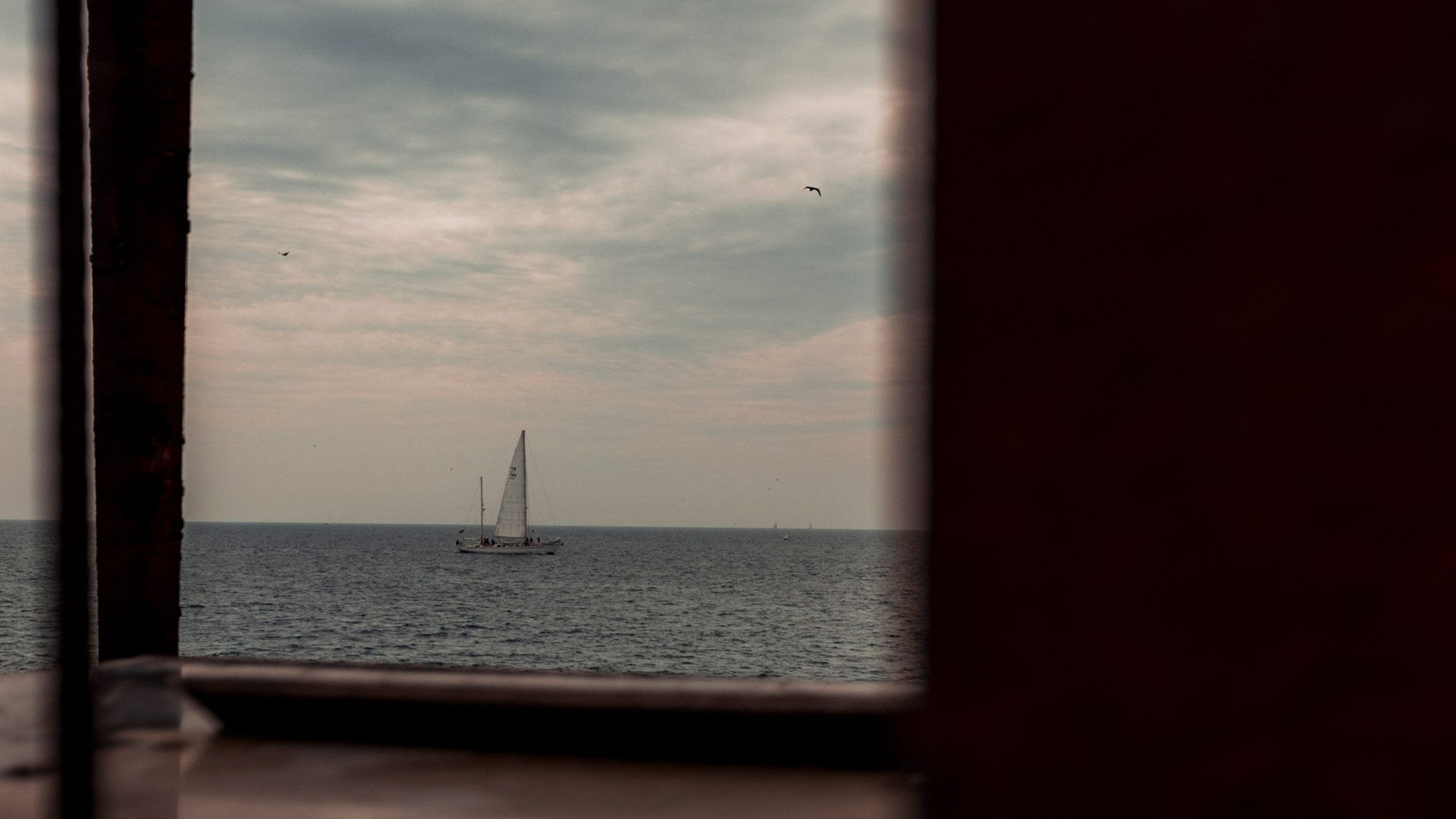
That’s not to say phones don’t have their place. There have been moments when my phone was undeniably the better tool. For instance, when I needed to capture a fleeting street scene without drawing attention or when I wanted to quickly share an image online without transferring files. The immediacy and connectivity of smartphones make them indispensable for spontaneous moments where a compact camera might be too slow or impractical to pull out.
Get the Digital Camera World Newsletter
The best camera deals, reviews, product advice, and unmissable photography news, direct to your inbox!
They are incredibly convenient, always in your pocket, and increasingly powerful. But for me, a compact camera offers the perfect balance between a large mirrorless camera system and a phone. It’s stealthy yet capable, small enough to carry everywhere but powerful enough to create high-quality images. It allows me to be discreet while shooting, blending into the environment in a way that a bulkier setup wouldn’t allow. It also provides an experience that feels deliberate, something I find essential in my photography.
Smartphone photography is better than ever, and for many people, it’s more than enough. In many ways, phones and compact cameras are closer than ever in terms of capabilities. But for those of us who print our work, who want that extra depth, or who enjoy the tactile experience of a real camera, a compact still holds its place. No matter how good phones get, my X100F will always be by my side.
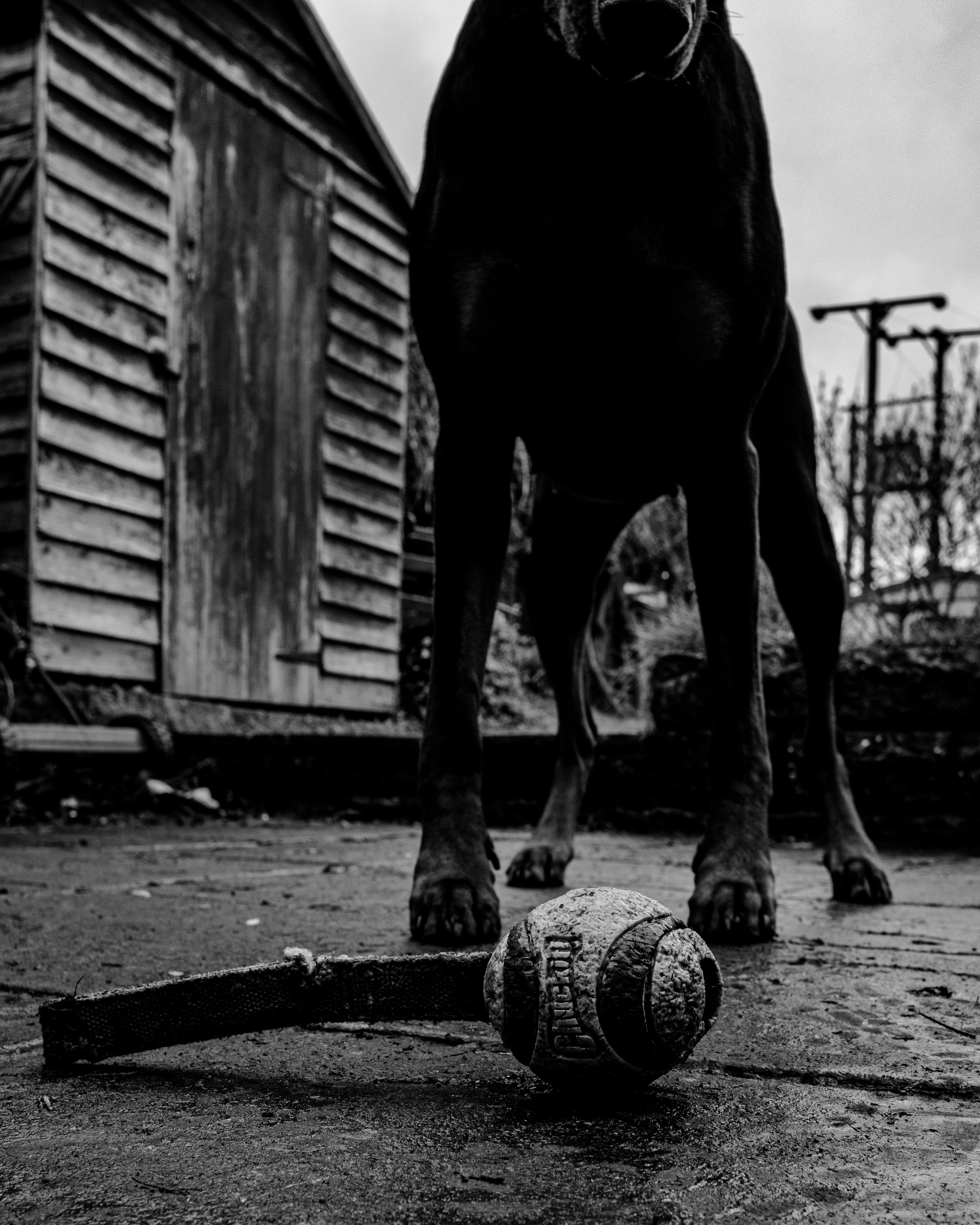
you might also like
Check out our guides to the best compact cameras and the best Fujifilm cameras. If you want to know more about my experiences with the X100F, you might also like my article on written last year: Is the Fujifilm X100F still a good camera in 2024?
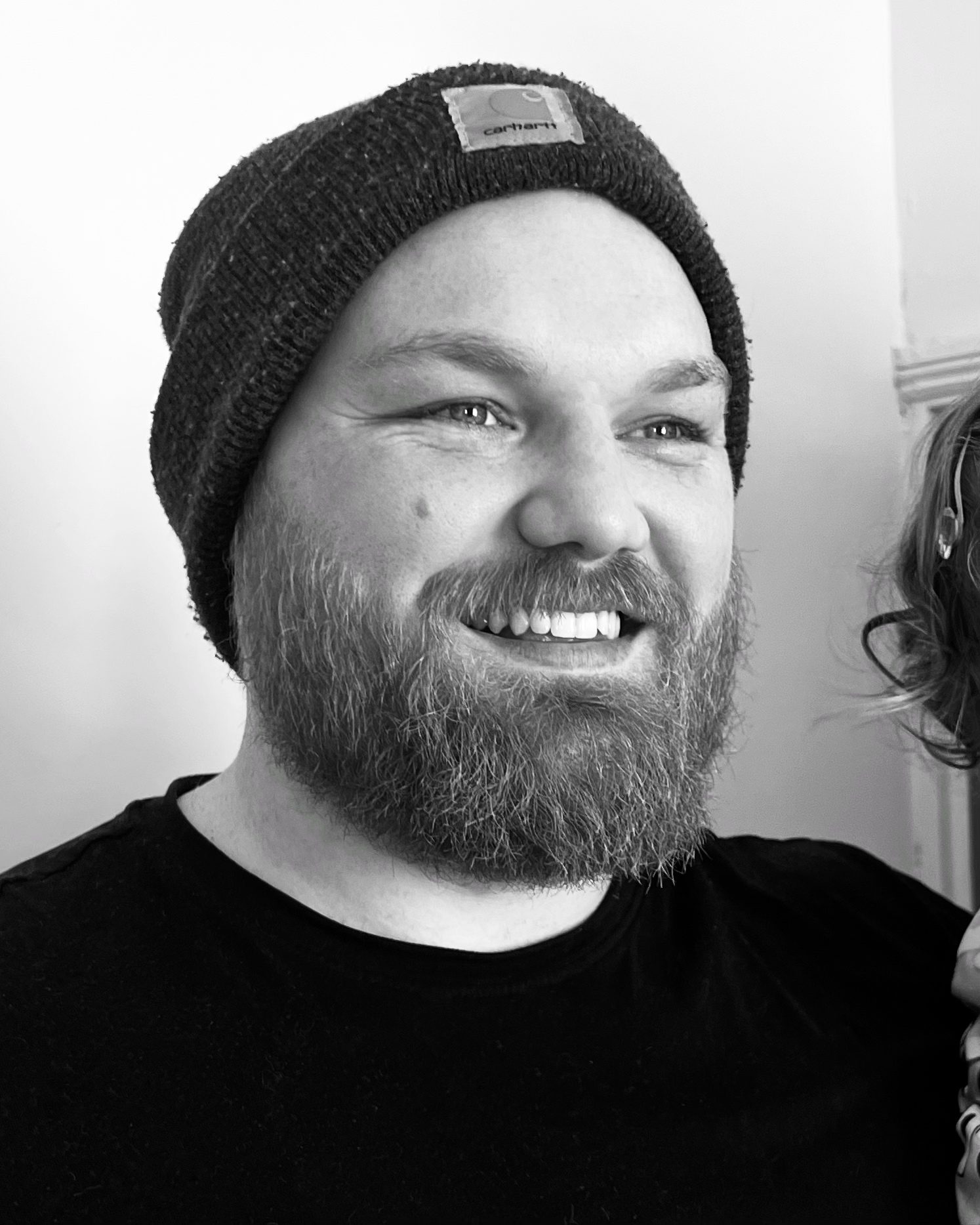
Kalum is a photographer, filmmaker, creative director, and writer with over 10 years of experience in visual storytelling. With a strong focus on photography books, curation, and photo editing, he blends a deep understanding of both contemporary and historical works.
Alongside his creative projects, Kalum writes about photography and filmmaking, interviewing industry professionals, showcasing emerging talent, and offering in-depth analyses of the art form. His work highlights the power of visual storytelling, fostering an appreciation for the impact of photography.
You must confirm your public display name before commenting
Please logout and then login again, you will then be prompted to enter your display name.
